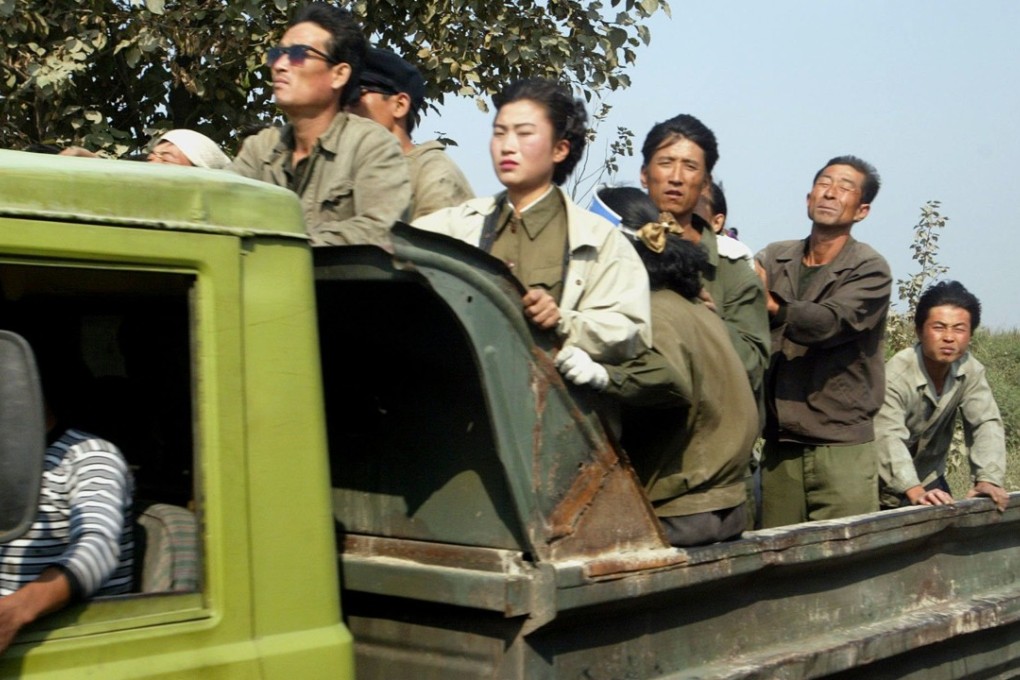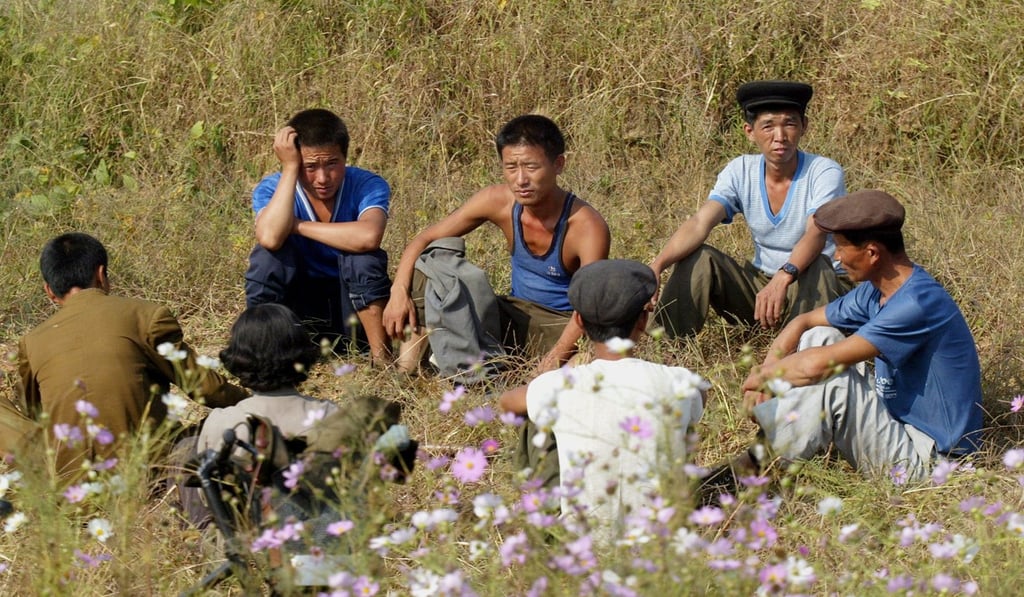Gaps in records cloak China’s North Korean ‘slave labourers’ in mystery
Beijing has almost no public record of the North Korean workers’ presence and activities in China, even as their use sparks UN and US criticism

It is an open secret that a significant number of North Korean labourers work in China and Russia in border cities, especially in Siberia. But owing to minimal record-keeping, little is known about the workers’ presence or activities.
The Chinese government has almost no public record of the workers and what they do, even though the use of North Korean labourers in China and Russia has been publicly criticised by the United Nations and US officials, including US Secretary of State Rex Tillerson.
Go Myong-hyun, a leading researcher with the Asan Institute for Policy Studies who has examined the issue of state-sanctioned North Korean labour, estimates that northeast China has around 20,000 North Korean labourers working mainly in joint ventures for labour-intensive businesses such as clothing manufacturing.

“These are low-paying, highly intensive high-turnover rate jobs among the Chinese. But the turnover rate for North Korean labourers is zero,” Go said. “Therefore, it’s more convenient to hire North Koreans over Chinese workers. North Korean labourers generate between US$100 and US$200 million in annual revenue for leader Kim Jong-un’s regime, the researcher said.
On Saturday, the UN imposed new sanctions against North Korea to disrupt crucial sources of hard currency for the North Korean regime, including banning the export of new North Korean workers to countries such as China and Russia and in US-allied Gulf nations such as Qatar, the United Arab Emirates, Kuwait and Oman.